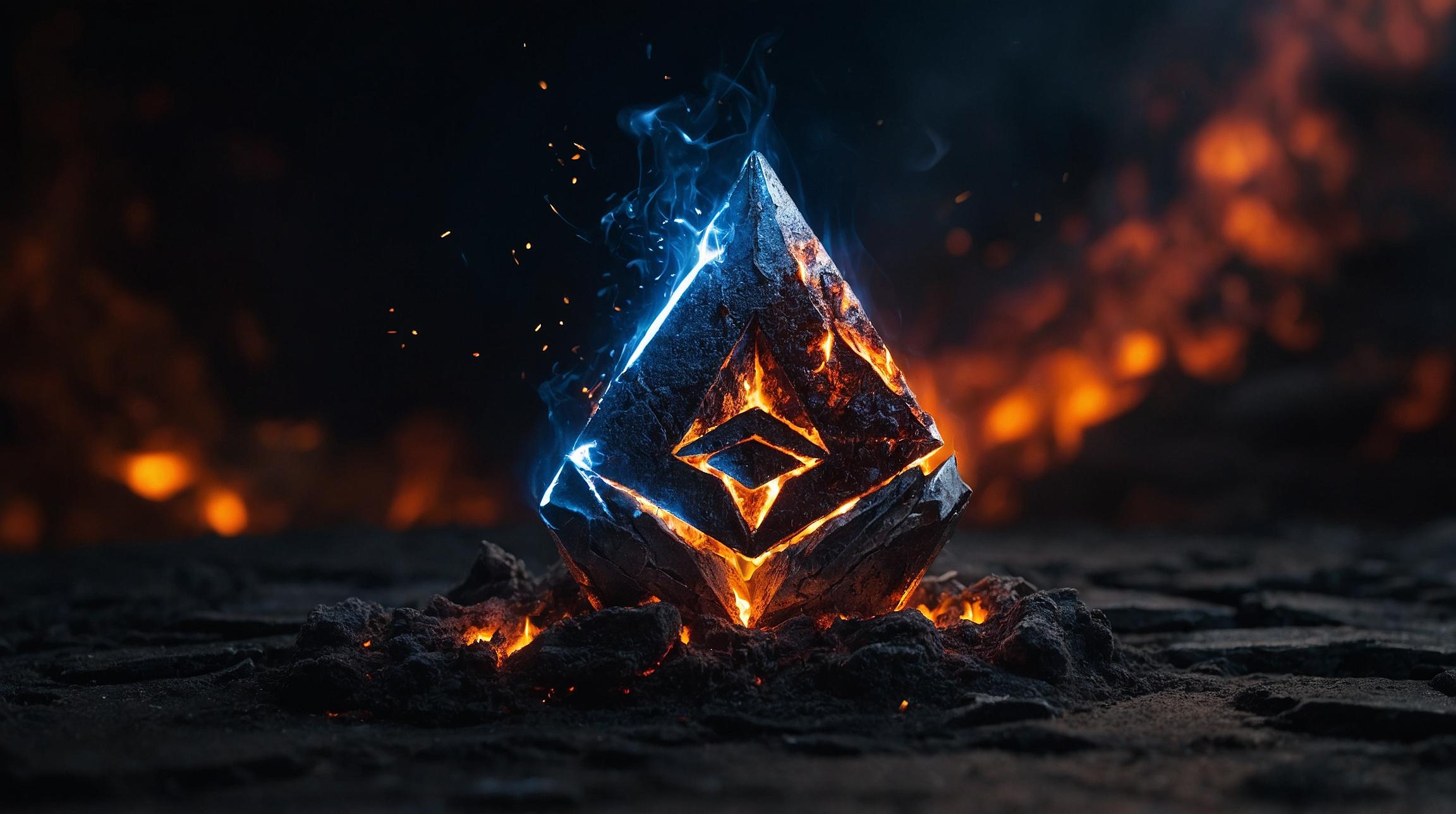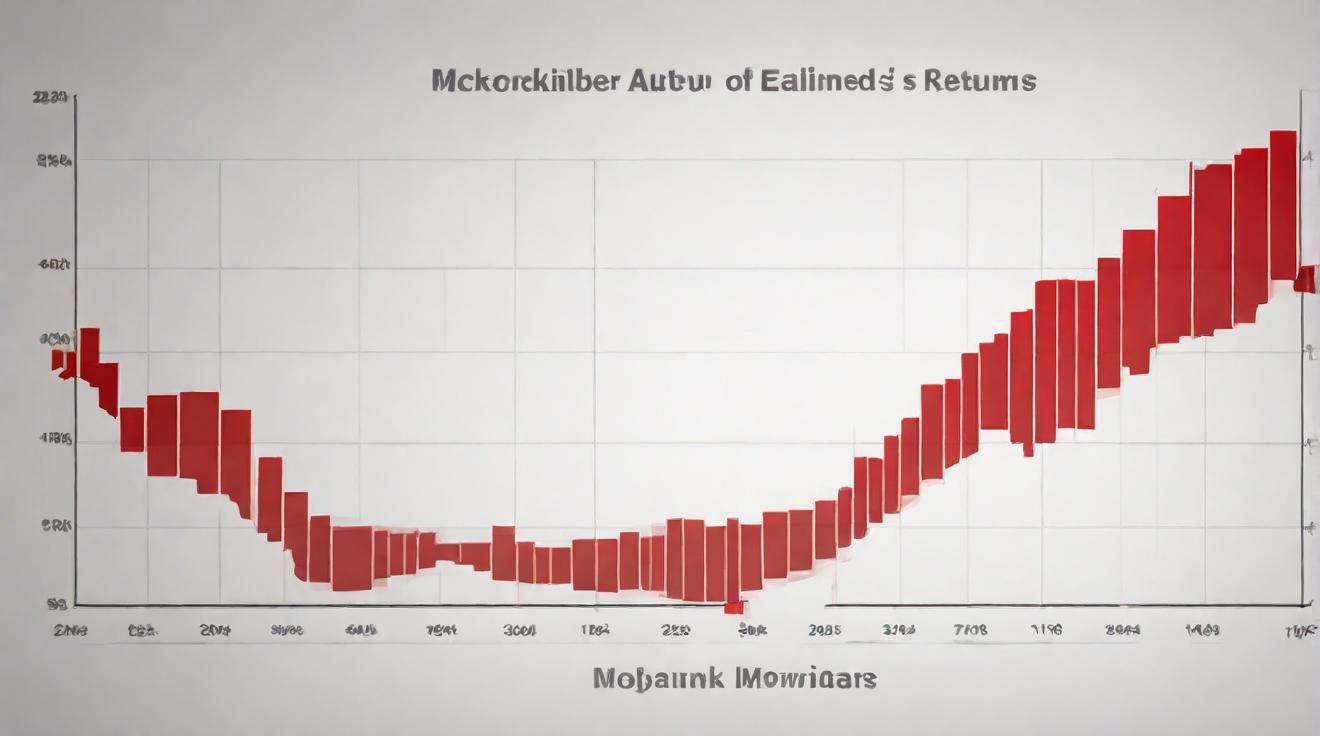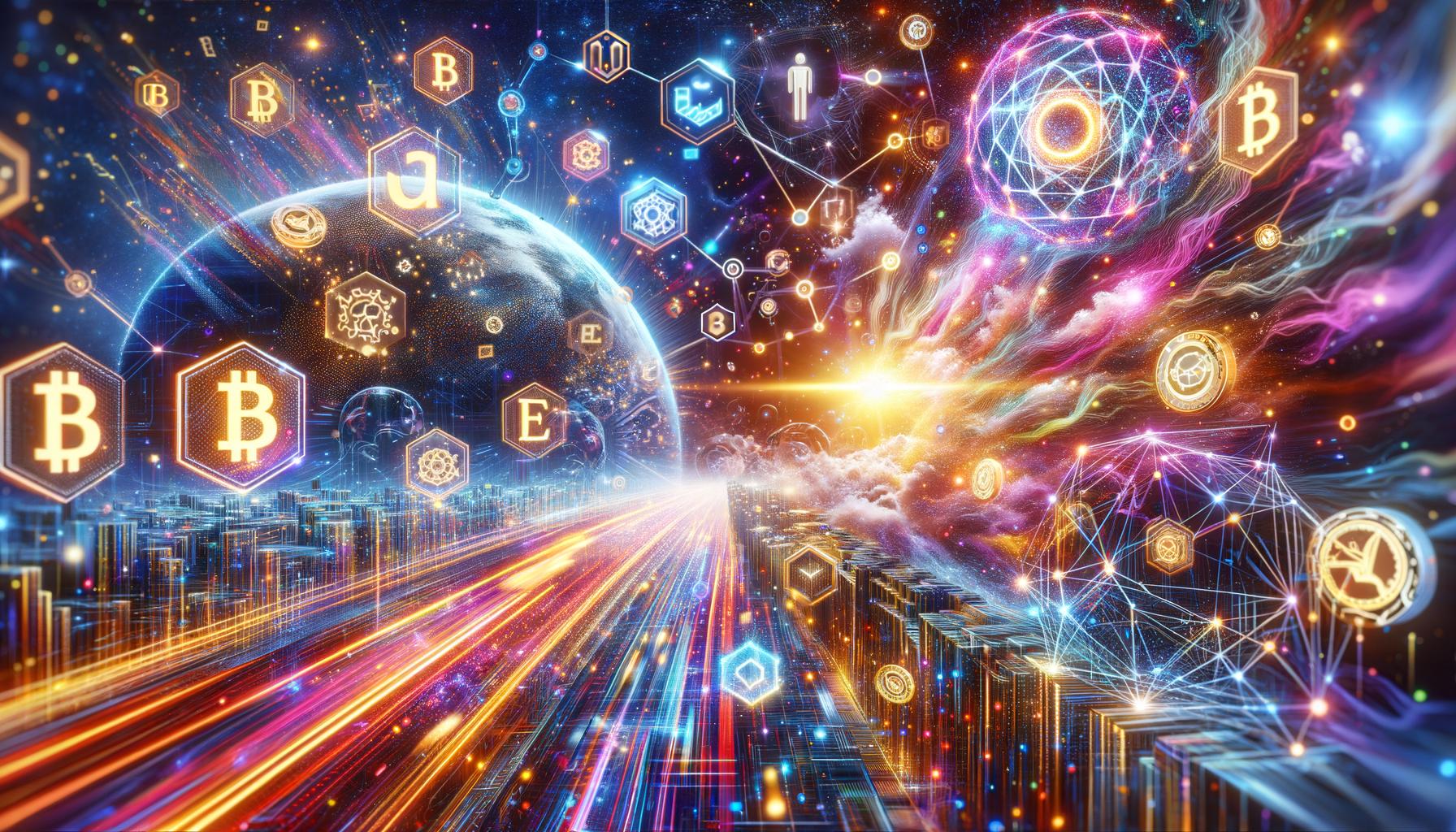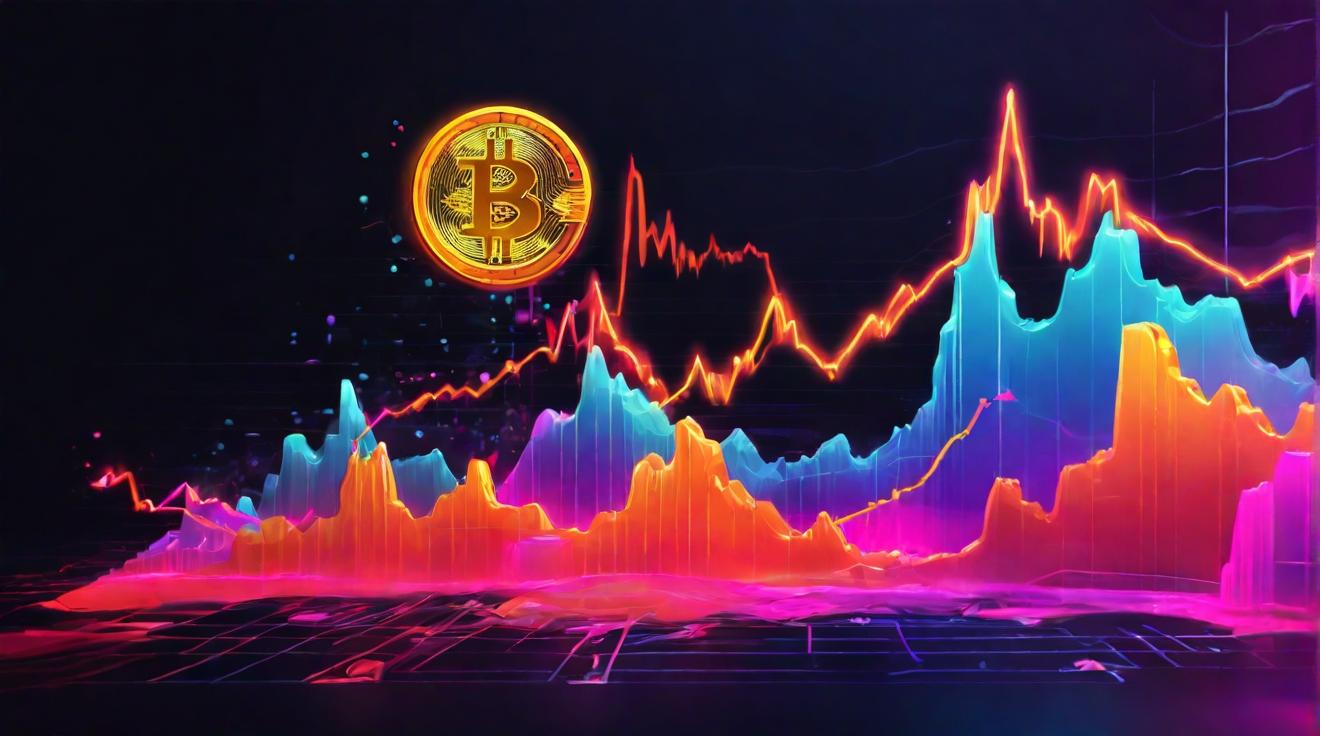Ethereum's Falling ETH Burn Rate
The Ethereum network is witnessing a significant decline in its ETH burn rate, marking the lowest levels observed this year. This change is mainly attributed to a drop in the base gas fee, which briefly hit a multi-year low of nearly 0.8 Gwei. As a result, the amount of ETH being burned drastically fell, with only 210 ETH burned on August 10th, according to 'Ultra sound Money'. Compare this to August 5th, when the base fees spiked to around 100 Gwei, resulting in a daily burn of 5,000 ETH.
To put it simply, the base fee is the minimum amount you pay for a transaction on Ethereum. When it's low, less ETH is burned, which can affect the total supply of ETH. Currently, the network's inflation rate has increased, with net ETH emissions exceeding 2,000 ETH.
Gas Limit Increase Amid Low ETH Burn
In response to the rising inflation, Martin Köppelmann, founder of Gnosis, suggested a temporary increase in the gas limit to boost Layer 1 activity. This might seem counterintuitive, but by allowing more transactions, it could help stabilize the system. As Köppelmann noted in a tweet, the base fee is now at a multi-year low of around 0.8 Gwei, whereas a fee of 23.9 Gwei would be needed to counterbalance staking rewards.
"Basefee right now at a multi-year low of ~0.8 GWEI. 23.9 would be required to offset staking rewards. IMO Ethereum needs to get more L1 activity again and even if it sounds counterintuitive at such low rates, raising the gas limit can be part of a strategy," he stated.
Impact of London Hard Fork and Layer 2 Solutions
The gas fee is the total cost of executing a transaction, comprising both the base and any extra priority fee. It recently dropped below 1 Gwei, hitting 0.979 Gwei over the weekend. This fall is influenced by the London hard fork (EIP-1559) introduced in August 2021. This fork included a mechanism to burn the base fee, reducing ETH's supply over time.
Moreover, the migration of users to Layer 2 solutions and the adoption of blob transactions from the Dencun upgrade in March have substantially reduced transaction costs. These solutions help enhance the Ethereum network by making it cheaper and faster for users, thus affecting the overall gas fee dynamics.
In summary, while the current low gas fees and ETH burn rates pose challenges, they also highlight ongoing developments and adaptations within the Ethereum ecosystem.













